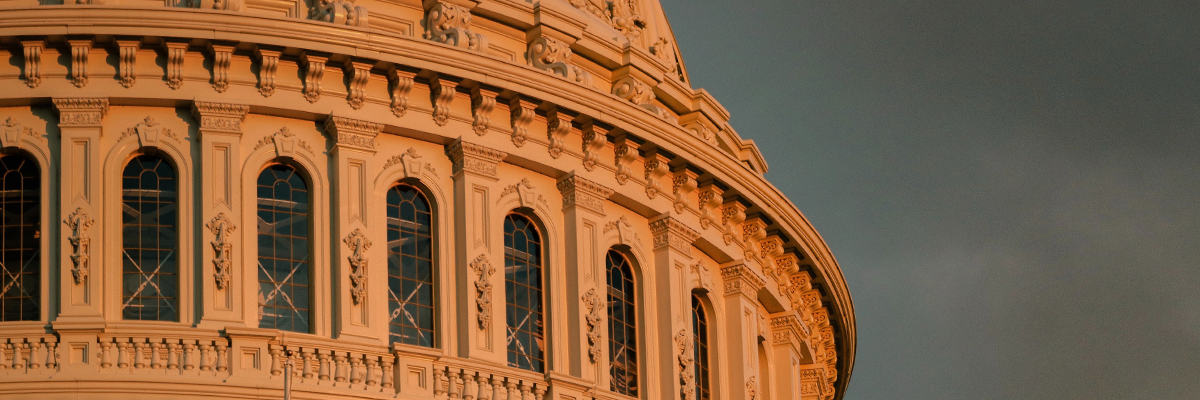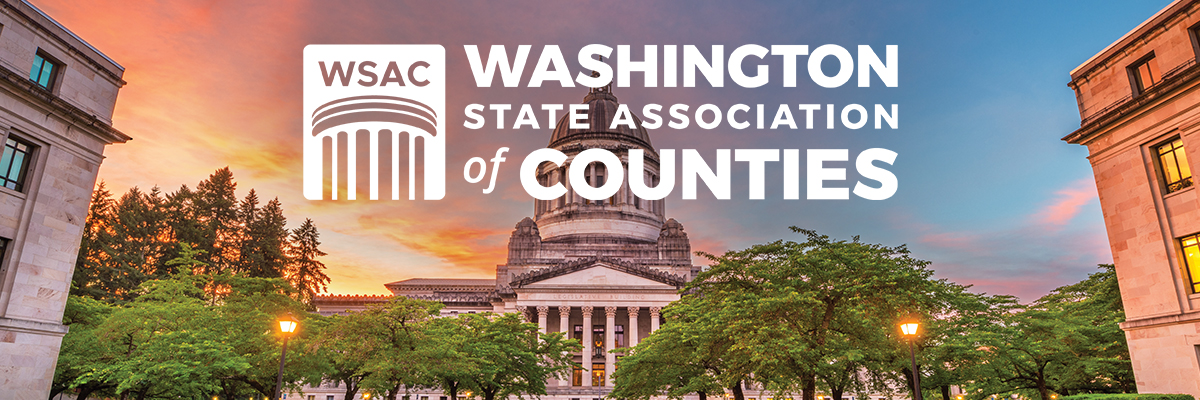More than 33 million Americans voted by mail in the 2016 election, and experts predict that number to more than triple in 2020. With the security of mail-in voting systems at the forefront of political discussions, WSAC wanted to go to the source to find out how our votes in Washington State are counted.
As NPR reports, while the .00006% difference in fraud rates is considered so minuscule, it should not affect elections’ outcomes. Washington State is currently one of five states in the country that utilizes a 100% mail-in ballot system. WSAC was able to discuss how the system works from registration to tabulation with Pierce County Auditor Julie Anderson and Pend Oreille County Auditor Marianne Nichols.
Registration
When Washington residents register to vote in person or online, their information is uploaded to the VoteWA system. The system was launched in 2019 to create a shared database for the election staff of all 39 counties that prevents voters from registering or voting more than once in Washington State. Auditor Nichols explained, “Now with the statewide system, if someone moves counties, I can’t give them another ballot in our county, the system will stop it.” Auditor Julie Anderson addressed the issue on the state level saying:
“With VoteWA, we now have real-time visibility across the state to identify and prevent duplications…and nationally, the Election Registration Information Consortium (ERIC), allows us to share registration data and compare it to see if people have failed to cancel their registration in say, Arizona. We will probably never have a universal registration system [across the United States] because states’ rights are very strong, but this is the next best thing to trade election data with integrity.”
Same-day voter registration was implemented in Washington State on June 30, 2019, allowing any eligible voter to register in person and cast a vote on the last day of the election before polls close at 8 pm. But is same-day voter registration secure? According to Nichols:
“This is going to be interesting with this being our first big election with [same day registration]. This is why we had to make sure the VoteWA system was in place. Their name and everything will be checked through the system. We couldn’t have done it without our partnership with the Secretary of State and the new system in place.”
Anderson also noted that it no longer matters where voters register in person in Washington State because there is now only one database. Each person will be issued a ballot up until 8 pm on Election Day if they do it in person.
But what about people who end up with two ballots because they ordered a replacement ballot, or one went to an old address? Auditor Nichols explained that “if someone gets a second or reissued ballot, then only the first one received is allowed through to be counted.” The same is true for ballot replacements: while a person may have two valid ballots, once one is received, the other will not be counted, even if it is sent in and received. According to Julie Anderson, people need to understand that “we’re not mailing hundreds and thousands of ballots out into a black hole…the most important part of the mailing is the signed return envelope, which validates the voter’s identity and ensures that only one ballot is accepted for that voter.”
Verification
After a voter has received their ballot, voted, and mailed it back, the verification process begins within the county elections facilities. Once a paper ballot enters a secure facility, it is essentially no longer connected with the outside world.
“The American imagination is focused on the idea of ballot tampering in the tabulation process. Washington State is entirely paper-based, and a facility is air-gapped with no connection to the internet or to individuals who are not certified election staff,” explained Anderson.
As ballots are delivered, the signature is verified by staff trained by the Washington State Patrol. If a signature does not match what is on file in VoteWA, the voter is contacted to provide verification and/or a new signature. Each staff member can verify up to 1,000 ballots a day. Once verified, the security envelope containing the ballot is removed from the mailing envelope and is passed along to the next area, so no identifying marker is associated with the vote. The security envelope is opened, and the vote is scanned into the tabulation system.
Tabulation
The votes are tabulated by certified individuals using machines that are not connected to the internet at 8 pm on election day. The machines are individually certified by federal and state authorities and independently tested in NIST laboratories. As votes are tabulated, voters can track their ballot’s progress through the VoteWA system.
An independent study by The Heritage Foundation reviewed 10.6 million ballots cast in the state of Washington between 2004 and 2010 and only found seven fraudulent votes attempted by mail. “I have not seen any new fraud since moving to the system… in my 14 years, we have only had two fraud cases, and one called to inform and apologize,” said Marianne Nichols, Pend Oreille Auditor. “We rarely come across cases of double-voters or attempts to vote another person’s ballot,” added Julie Anderson. “Most cases are voter mistakes, not an attempt to commit fraud or undermine an election.”



